AE alumnus joins fleet of pilots to help Hurricane Helene victims.
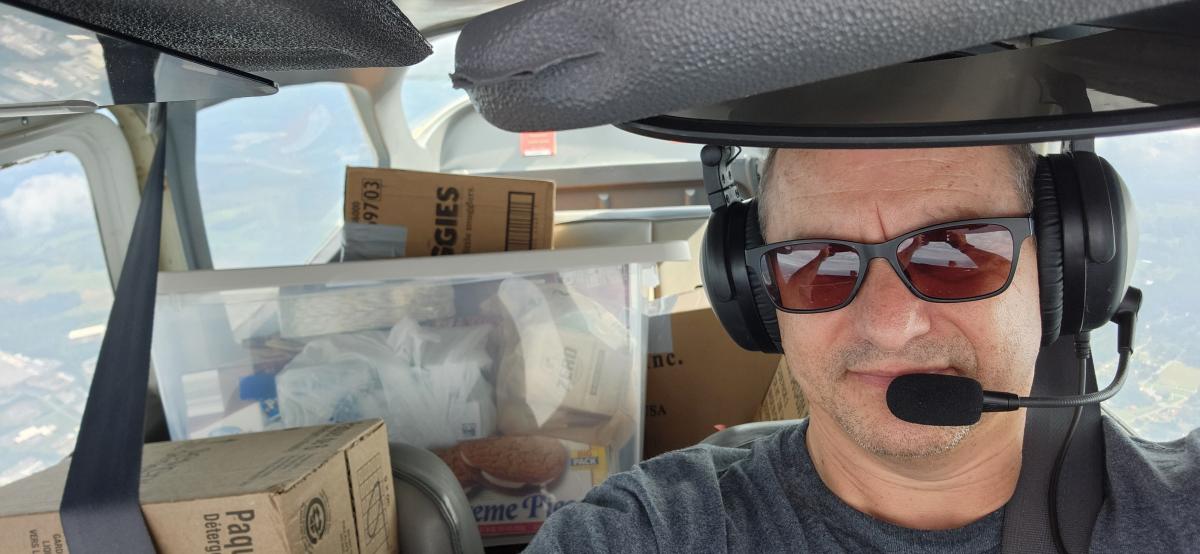
Alumnus and pilot Gary Weissel transports a load of supplies to areas impacted by Hurricane Helene.
(text and background only visible when logged in)
In the days following Hurricane Helene’s devastation of North Carolina, alumnus Gary Weissel (BSAE 1993) watched as communities were cut off and supplies were running dangerously low. People were missing, and he wanted to help.
That’s when he logged into the AERObridge mission portal and saw a call for pilots to run disaster relief missions into North Carolina. AEROBridge’s mission is to assist in times of catastrophic emergency by coordinating general and business aviation pilots and aircraft to provide immediate response to disasters.
He signed up the Sunday after the storm and was in his Cessna eight hours later, flying from Ball Ground, Georgia, to Statesville, North Carolina, to pick up supplies. “It was an amazing opportunity to mesh something I’m absolutely passionate about – flying and helping people in need,” Weissel said.
Once airborne out of Ball Ground, he climbed 9,000 feet to rise above heavy cloud coverage. The skies eventually cleared and Weissel began to see Helene’s impact. Lakes were extremely brown. Rivers were very wide. Interstates running south out of Asheville were packed with people trying to flee and trucks trying to make it into the disaster area.
Airways and control towers in the disaster area were so busy that pilots and air traffic controllers were using a special frequency to communicate.
Weissel gave several pilot reports during his flight over the disaster area reporting cloud cover and visibility to assist other pilots and air traffic control in directing helicopter rescues in the mountainous terrain.
Giving pilot reports is one of the most important things you can do as a pilot, especially in emergency situations ... there’s nothing better than an actual pilot report from someone in the air, in real-time.
GARY WEISSEL
“Giving pilot reports is one of the most important things you can do as a pilot, especially in emergency situations,” Weissel said. “You can look at what the National Oceanic and Atmospheric Administration has forecasted and review detailed weather maps, but there’s nothing better than an actual pilot report from someone in the air, in real-time.”
(text and background only visible when logged in)
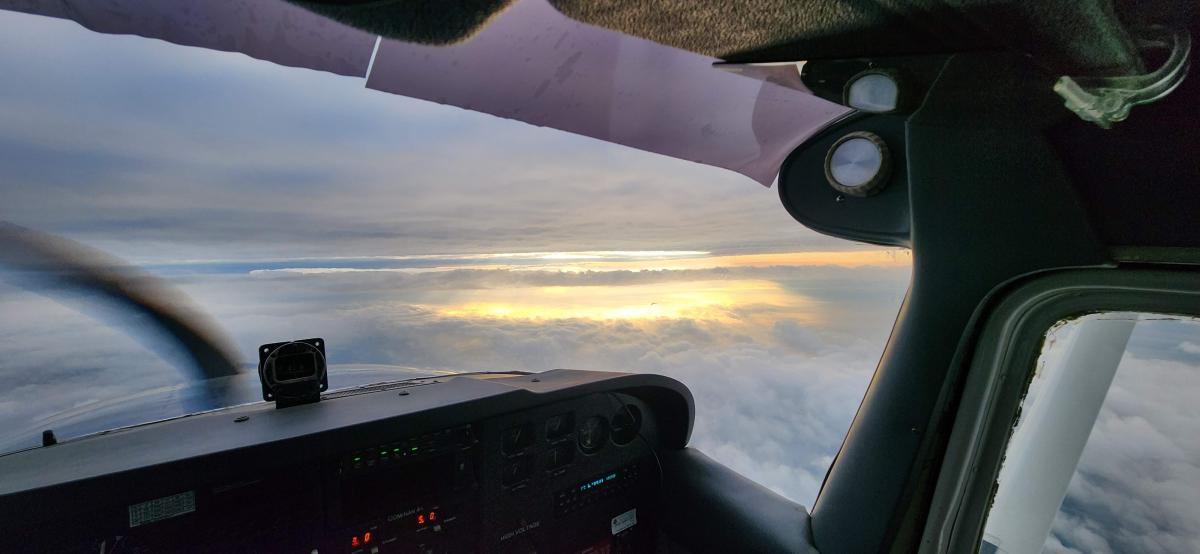
Weissel and other pilots can provide valuable, real-time data from the skies.
(text and background only visible when logged in)
“When I landed in Statesville there were 30 to 40 people unloading, gathering, and weighing supplies, along with coordinating with the pilots and loading the planes. They were running like clockwork.”
Volunteers loaded his plane with 360 pounds of water, food, diapers, wipes, toilet paper, and more. After fueling up, he waited in the packed tarmac for his turn to take off for Rutherford County Airport, 53 miles east of Asheville. They had to meticulously load the plane so that they were within the weight requirements and that the center of gravity was correct. All important factors when flying, especially smaller aircraft.
“Planes handle differently the heavier they are, so I was very aware how close I was to maxing out.”
Once he landed at the powerless Rutherford County Airport, adult and youth volunteers immediately started unloading the supplies into the hangar.
“The volunteers thanked me several times for bringing in the supplies. They looked tired but were definitely energetic,” Weissel said. “I imagine they’d been through the ringer the past couple of days surviving without power and water. Some may have lost their homes and loved ones.”
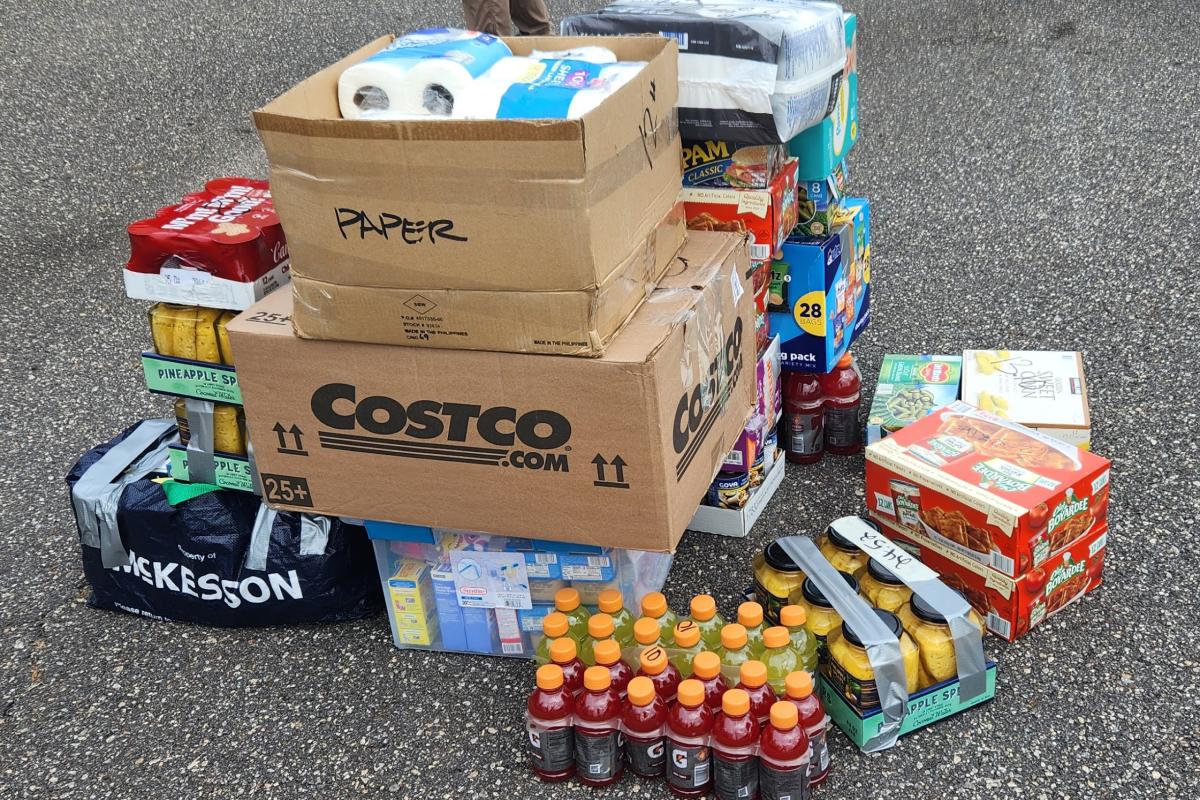
Supplies must be weighed and packed carefully, especially for smaller aircraft.
He was back in the air headed home 15 minutes later, experiencing heavy rain on the way. Air Traffic Control assistance helped him navigate and return safely to Ball Ground.
The mission served as a friendly reminder of the importance of engineering skills in real-life applications and how to use your talents to help others. “I’ve only completed one trip, but I’m looking to complete more missions,” said Weissel.
(text and background only visible when logged in)
From Engineer to Pilot
The Boston-area native moved to Georgia to study at Georgia Tech and has lived here ever since. After graduating he went on to work at Delta and other aviation companies. Today, he works as the managing officer of Tronos Aviation Consulting and serves as the chair of the AE School’s advisory council. To put it simply, flying is his life.
He’s loved aviation his whole life but became a pilot only 10 years ago. “I always wanted to become a pilot, but I didn’t have the money when I was younger. When I was older, I didn’t have the time,” he explained.
During a career transition, Weissel took four months off to study and get his pilots license. He credits his time at Georgia Tech and being an aerospace engineer with helping his studies and having a competitive edge.
“Having a general understanding of mathematics, calculus, physics, systems and how they work as an aerospace engineer gave me a great understanding of planes, their weight and balance, the design and forces that act on the plane,” he said. “You get trained as a pilot, studying was easy, and I quickly got comfortable in the pilot seat because it wasn’t a big mystery to me because of my years at Tech.”

Weissel's Cessna 172 is one helluva plane.
Related Stories:
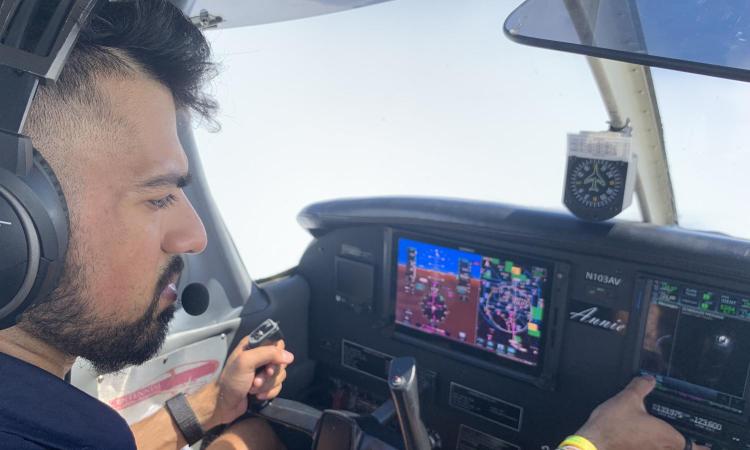
Passion for Flying Primes SGA President for Career in Aviation
Growing up, Rohan Sohani dreamed of becoming a pilot. While a heart murmur impeded the outgoing SGA president’s plans, he didn’t let it stop him from finding his way into the skies.
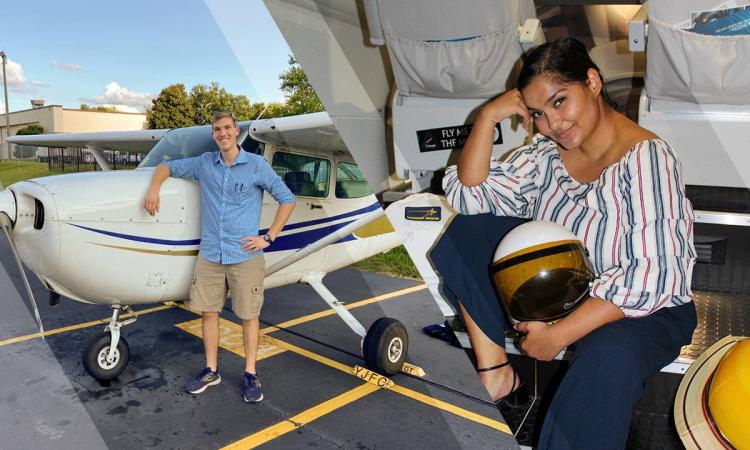
Aerospace Engineering Student and Alumnus Named Part of Aviation Week Network’s 20 Twenties
Daniel Guggenheim School of Aerospace Engineering graduate student Rikhi Roy and alumnus Oscar Klempay have been selected for this year’s Aviation Week Network’s 20 Twenties program.